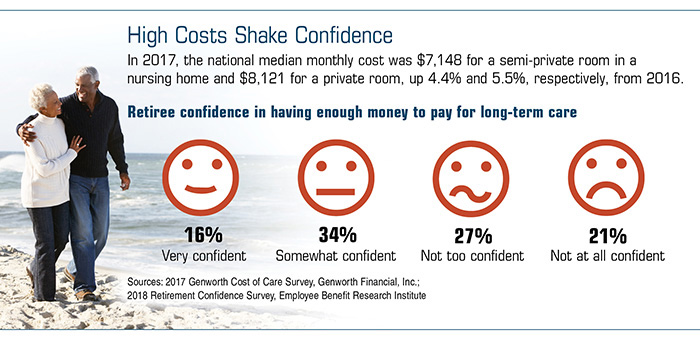Top Guidelines Of Pacific Prime
Top Guidelines Of Pacific Prime
Blog Article
Rumored Buzz on Pacific Prime
Table of ContentsWhat Does Pacific Prime Do?Fascination About Pacific PrimeThe Of Pacific PrimeIndicators on Pacific Prime You Should KnowFascination About Pacific Prime

This is because the data were gathered for a duration of strong economic performance. Of the estimated 42 million individuals who were without insurance, almost regarding 420,000 (about 1 percent) were under 65 years old, the age at which most Americans become qualified for Medicare; 32 million were adults in between ages 18 and 65, around 19 percent of all adults in this age; and 10 million were children under 18 years of age, concerning 13.9 percent of all children (Mills, 2000).
These price quotes of the variety of individuals without insurance are produced from the annual March Supplement to the Current Populace Study (CPS), conducted by the Demographics Bureau. Unless otherwise noted, nationwide quotes of people without medical insurance and percentages of the populace with various type of insurance coverage are based upon the CPS, the most commonly utilized resource of estimates of insurance policy coverage and uninsurance rates.
Some Ideas on Pacific Prime You Should Know

Still, the CPS is specifically useful since it generates annual price quotes relatively swiftly, reporting the previous year's insurance policy coverage approximates each September, and because it is the basis for a consistent set of price quotes for even more than two decades, enabling evaluation of fads in insurance coverage gradually. For these factors, as well as the considerable use the CPS in other research studies of insurance policy protection that are provided in this report, we rely upon CPS price quotes, with constraints kept in mind.

The estimate of the number of uninsured individuals increases when a population's insurance policy condition is tracked for a number of years. Over a three-year period starting early in 1993, 72 million people, 29 percent of the united state populace, were without insurance coverage for at the very least one month. Within a solitary year (1994 ), 53 million individuals experienced at the very least a month without coverage (Bennefield, 1998a)
6 out of every 10 uninsured adults are themselves employed. Working does improve the likelihood that one and one's household participants will have insurance, it is not an assurance. Even participants of family members with 2 permanent wage income earners have practically a one-in-ten possibility of being without insurance (9.1 percent without insurance rate) (Hoffman and Pohl, 2000).
Pacific Prime Can Be Fun For Everyone
New immigrants account for a considerable percentage of individuals without wellness insurance. One analysis has actually associated a significant portion of the current growth in the dimension of the united state without insurance population to immigrants who arrived in the country in between 1994 and 1998 (Camarota and Edwards, 2000). Recent immigrants (those who involved the United States within the past four years) do have a high price of being without insurance (46 percent), but they and their kids account for simply 6 percent of those without insurance policy nationally (Holahan et al., 2001).
The relationship in between medical insurance and accessibility to care is well developed, as documented article source later on in this phase. Although the relationship between health and wellness insurance policy and health and wellness results is neither direct neither basic, a considerable medical and health and wellness services research literary works web links medical insurance protection to enhanced accessibility to care, far better quality, and enhanced personal and population health status.
Levels of analysis for taking a look at the effects of uninsurance. It focuses especially on those without any health insurance for any type of size of time.
The Pacific Prime PDFs
The problems encountered by the underinsured are in some aspects similar to those encountered by the without insurance, although they are generally less extreme. Health insurance, however, is neither required neither enough to acquire accessibility to clinical solutions. The independent and direct impact of wellness insurance policy coverage on accessibility to health solutions is well established.
Others will certainly acquire the health treatment they need also without medical insurance, by spending for it out of pocket or seeking it from companies that use care totally free or at very subsidized prices. For still others, health insurance policy alone does not ensure invoice of treatment due to other nonfinancial barriers, such as an absence of healthcare carriers in their neighborhood, minimal access to transportation, illiteracy, or etymological and cultural differences.
4 Easy Facts About Pacific Prime Shown
Formal research study concerning without insurance populations in the United States dates to the late 1920s and very early 1930s when the Board on the Price of Medical Care produced a series of records concerning funding doctor workplace visits and hospital stays. This issue ended up being prominent as the numbers of medically indigent climbed throughout the Great Anxiety.
Report this page